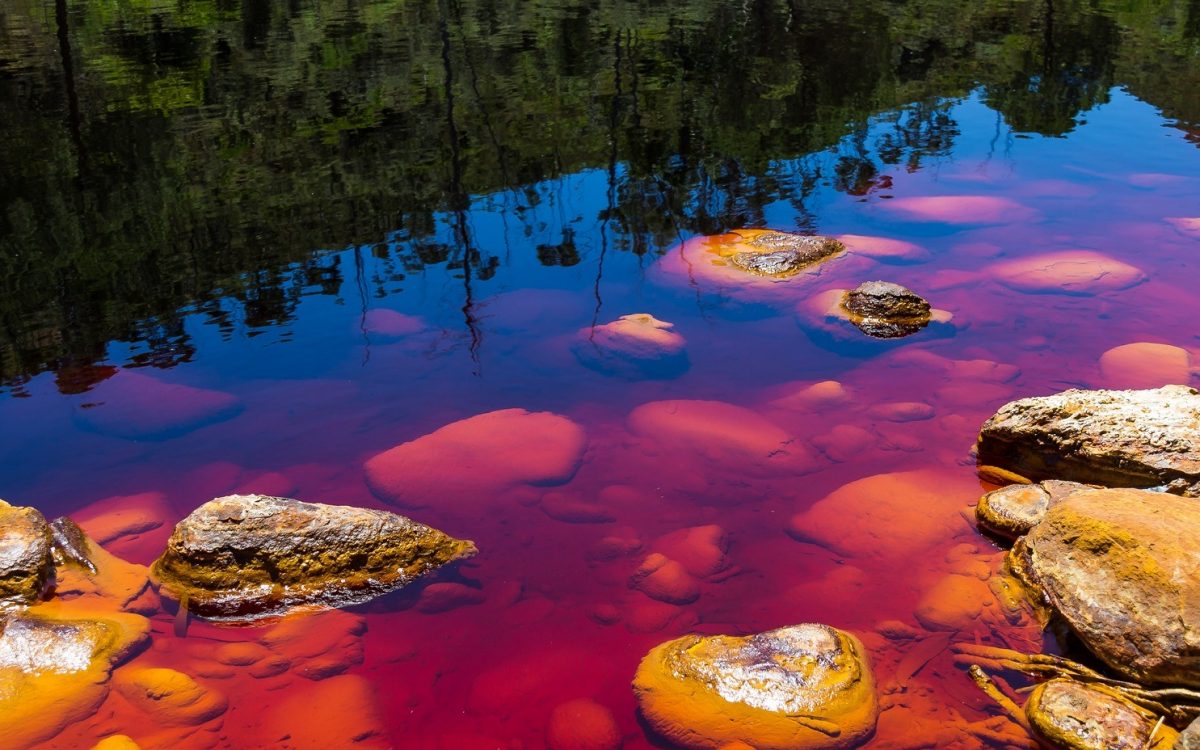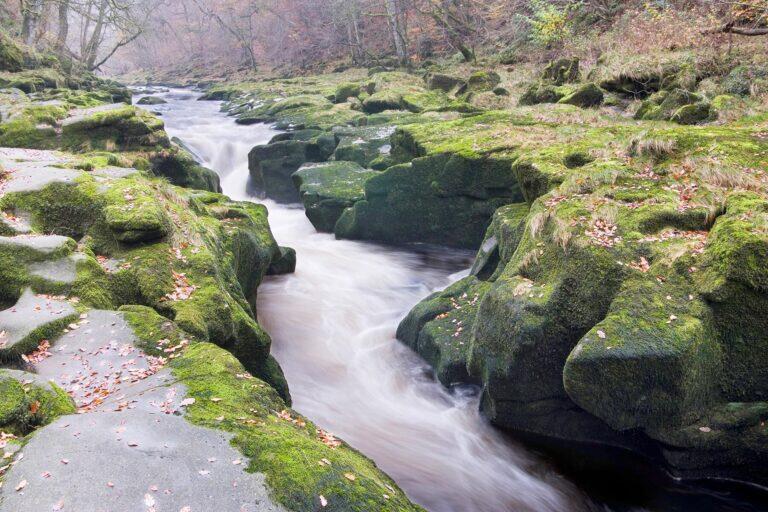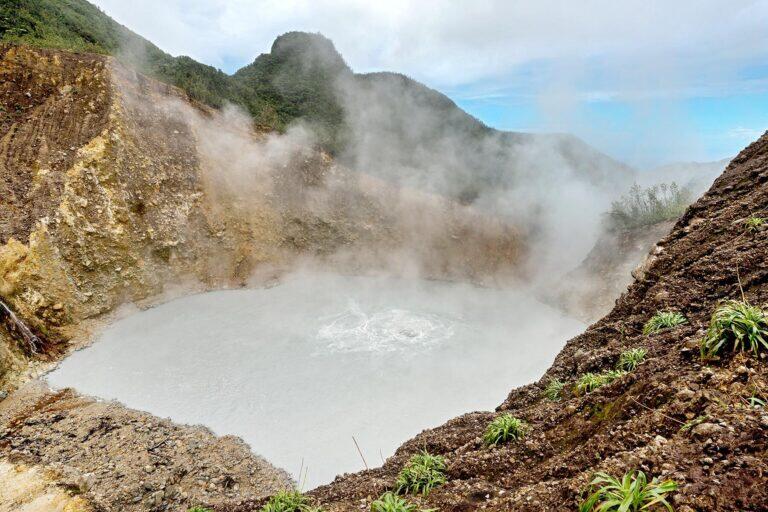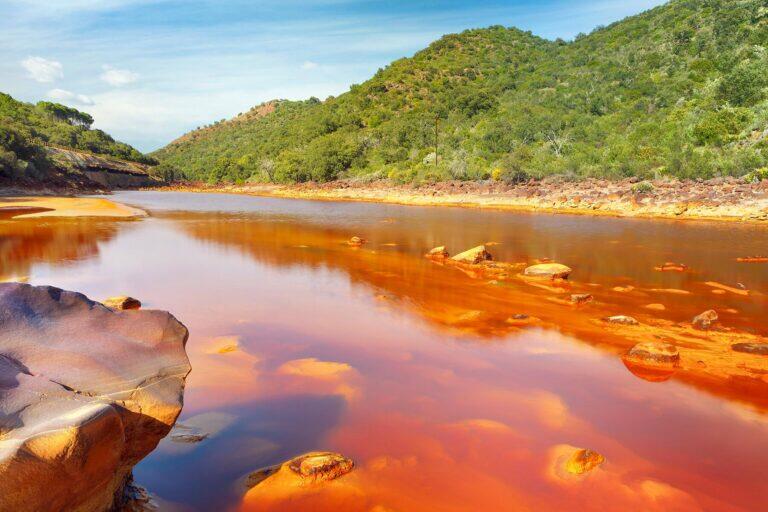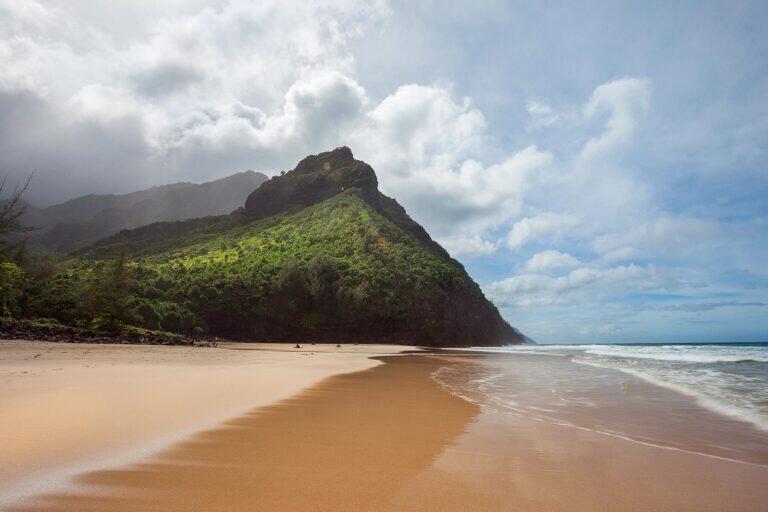The Most Dangerous Bodies of Water in the World
With wild swimming on the rise in recent years, there is a tendency of wanting to jump into any body of water that looks inviting, especially if the weather is favorable. Be it a gurgling stream, a pristine looking beach, a still lake, or a part of the ocean that looks too inviting be ignored, some bodies of water have a hidden secret and it is not advised to hop in for a swim, in some cases, even to stand too close. Let find out The Most Dangerous Bodies of Water in the World.
Contents
The Most Dangerous Bodies of Water in the World
Bolton Strid, River Wharfe
Bolton Abbey is a ruined 12th century monastery set in the heart of the Yorkshire Dales, a perfect place for a day out, complete with a gurgling stream. The little river Wharfe is as picturesque as they come. But looks are deceiving. The Bolton Strid, a stretch of the river near the abbey is reportedly 100% deadly.
Nobody who has ever gone in has come out alive. Not only can the water level increase up to five feet per minute after heavy rainfall, but the river also narrows significantly in this spot. This increases the rate of flow dramatically and with several rocky outcrops, overhangs, and caves below the surface together with strong undercurrents, this gurgling stream turns into, statistically, one of the deadliest in the world.
Lake Kivu
Located along the border of Rwanda and the Democratic Republic of Congo, Lake Kivu with its many small islands is one of the Great Lakes of Africa. But it is not a normal lake, instead, it is more akin to a chemistry set. To put it very simply, due to the tectonic action in the Great Rift Valley, gases bubble into this lake, and would normally dissipate. But this lake is so deep, up to 1,500 feet at its deepest spot, that the gases stay down below, and with the volcanic action, they could very well explode at any minute. This results in Lake Kivu being of huge interest to scientists, but swimmers should stay well away.
The Boiling Lake
On the relaxed Caribbean island of Dominica, who would expect something quite as dangerous as a boiling lake. This lake, the second largest boiling lake after the wonderfully named Frying Pan Lake near Rotorua in New Zealand, is in the Morne Trois Pitons National Park, a UNESCO world heritage site.
It is a 6.5 miles hike from the capital Roseau to get to the lake, through the Valley of Desolation, through which a boiling stream and smaller boiling ponds accompany visitors on the way. The water is hot enough to boil an egg, around 195 degrees, so, however much you would love a dip in the lake after the hike, it is not wise.
Rio Tinto
Rio Tinto, the red river, runs through Andalusia in south western Spain. The river looks harmless enough, except that it is a rusty red color. This comes from running through a countryside that is rich in minerals, and where copper, silver, iron ore, and other minerals have been mined for some 5,000 years.
It is the iron salts and sulfates in particular which give the water its red color, and the very low pH of 1.7 to 2.5, meaning high acidity. But while no plants manage to grow near it, there are anaerobic bacteria that seem to thrive in the water, making it unsafe for humans, but exciting for scientists who are exploring potential life on other planets.
Hanakapiai Beach
A secluded beach with no road access, but with white sand and beautiful waves, Hanakapiai sits in between a popular hiking trail and a stunning waterfall on Hawaii’s Kauai island. It sounds like a visitor’s dream. But don’t be fooled by the wild beauty, as there might be a beach there in the summer months, but in winter, the coastline is battered by such strong waves and currents that they wash away the beach. Add to that strong rip tides, shore breaks, and cross currents and you’ll understand the sign on the beach warning about re occurring drownings.
Potomac River
The Potomac River, like most rivers, has stretches of water that are calm and running through beautiful countryside. Then there are rapids and falls that look enticing for rafters and kayakers, and other stretches that go through city and industrial land.
There are stretches, such as the Grand Falls, that may attract adrenaline junkies, but it’s against the law to go in because of the countless drownings that have happened here. Rapids, rocks, obstacles such as trees in the water, all create danger. But even for the calm stretches, it is not advised to go swimming for three days after rain, because of pollution, bacteria, and general run off from the land.

